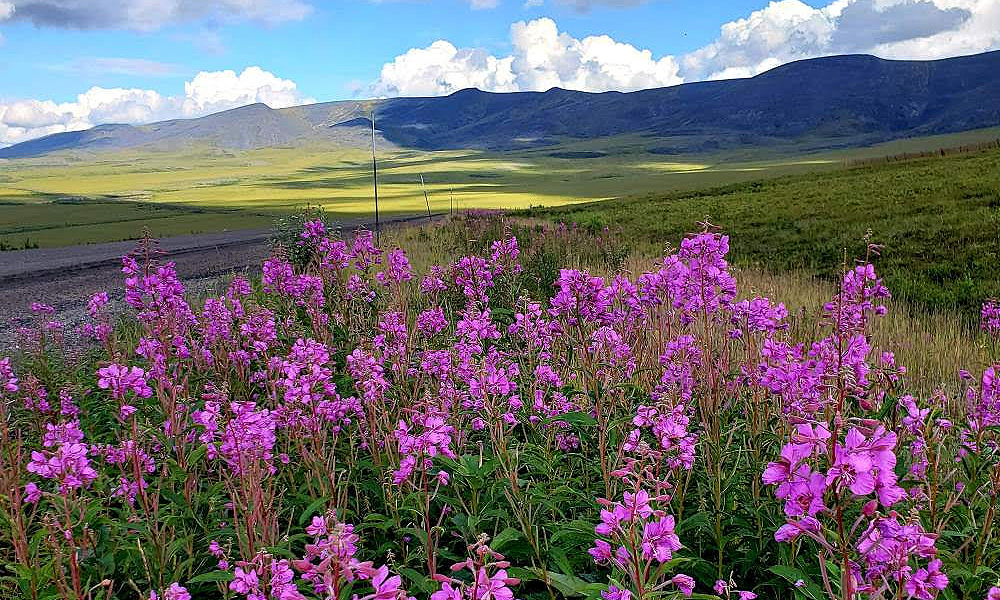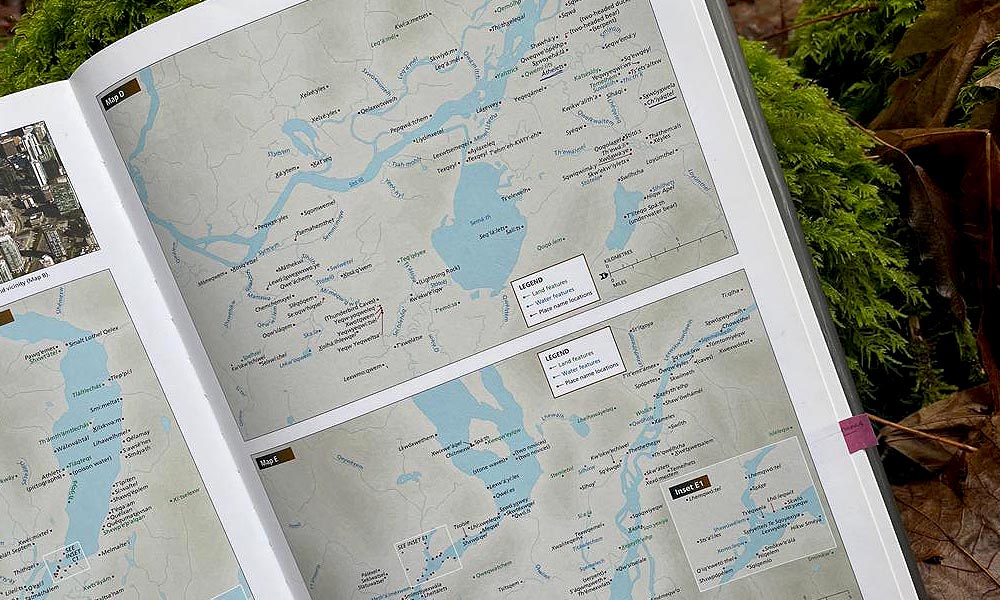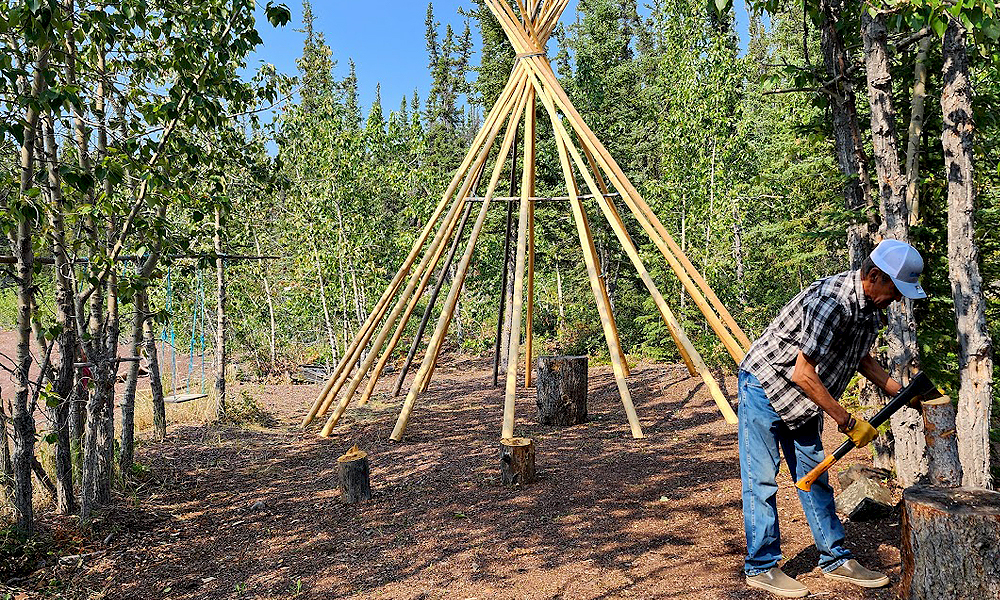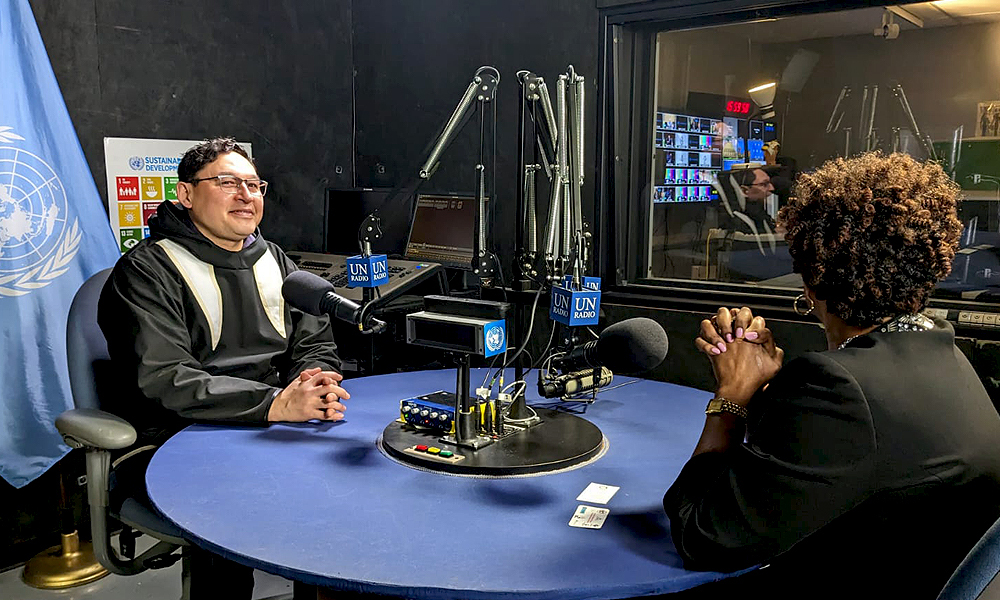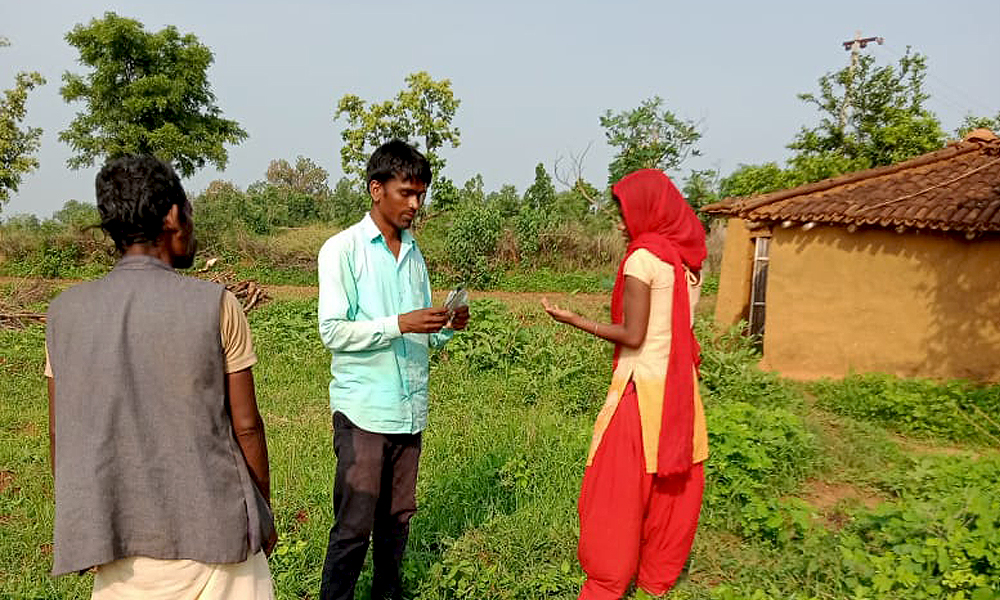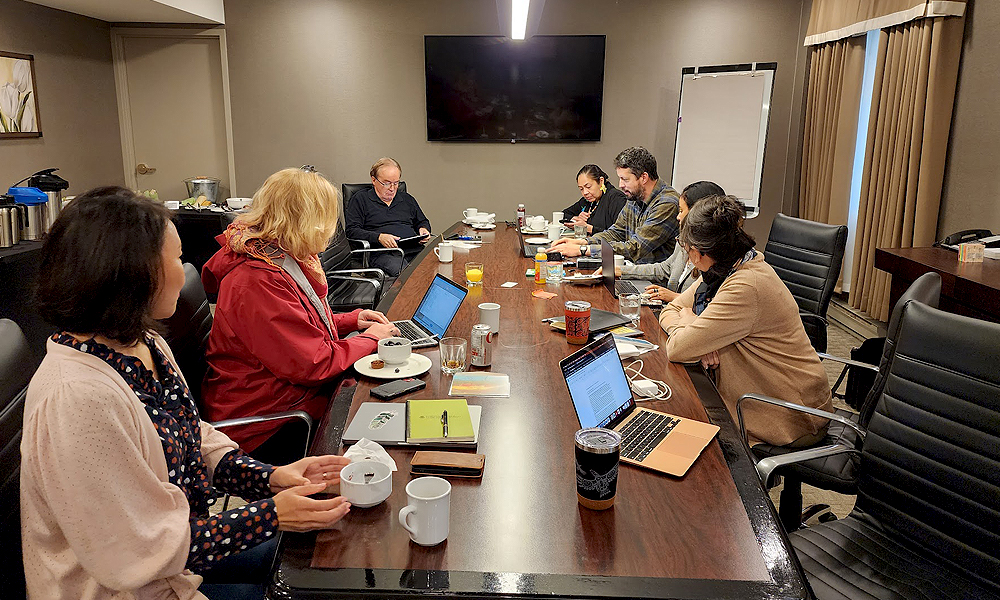In the Spirit of Mâmawi-atoskîwin
Welcome to our collaborative space, where the principle of Mâmawi-atoskîwin (all working together) guides us. Our methodological toolboxes, co-designed by our dedicated Team, offer a diverse range of interdisciplinary methods and tools for Indigenous-led place-based projects (ILPBPs). These resources embody empowerment and self-determination, integrating cultural protocols, qualitative and quantitative methods, and more. Continuously evolving with our project work, our toolboxes are tailored to support the unique needs and capacities of Indigenous governments and organizations.
Join us in this journey of collective growth and stay updated with our latest developments. Each toolbox is a gateway to knowledge—simply click on an image to explore deeper.
Please Note: Our methods and tools are designed for Indigenous communities, researchers, and organizations. If you wish to use any resources from this page, please contact info@arramatproject.org for guidance on proper citation and to honour free, prior, and informed consent (FPIC).
Thank you for your understanding and cooperation in respecting the purpose and integrity of our resources.
Methods
Image References
Banner Image:
- Maqaw – A Tayal Ritual Crop © Wasiq Silan
Top Images (left to right):
- Wildflowers in Teetl’it Zheh. Ărramăt Team Member Wanda Pascal. Teetl’it Gwich’in.
- . A Sto:lo-Coast Salish Historical Atlas [Review of A Sto:lo-Coast Salish Historical Atlas]. Bc Studies, 134, 95-97.
- Brianna Gruben and Kyle Cockney from Tuktoyaktuk. FAO Indigenous Youth Forum. D’Souza. 2023.
- Camp in Łutselkʼe Dene First Nation. Pathway T8 Workshop. D’Souza. 2023.
Bottom Images (left to right):
- Herbert Nakimayak giving an interview at the United Nations Permanent Forum on Indigenous Issues. Nakimayak. 2023.
- Kiya Bruno giving a speech at the FAO Indigenous Youth Forum. D’Souza. 2023.
- Study on Baiga tribe of Sonbhadra Uttar Pradesh, India. Vincent Ekka.
- Ărramăt Co-Principal Investigator Annual Meeting. Ottawa. D’Souza. 2023.

